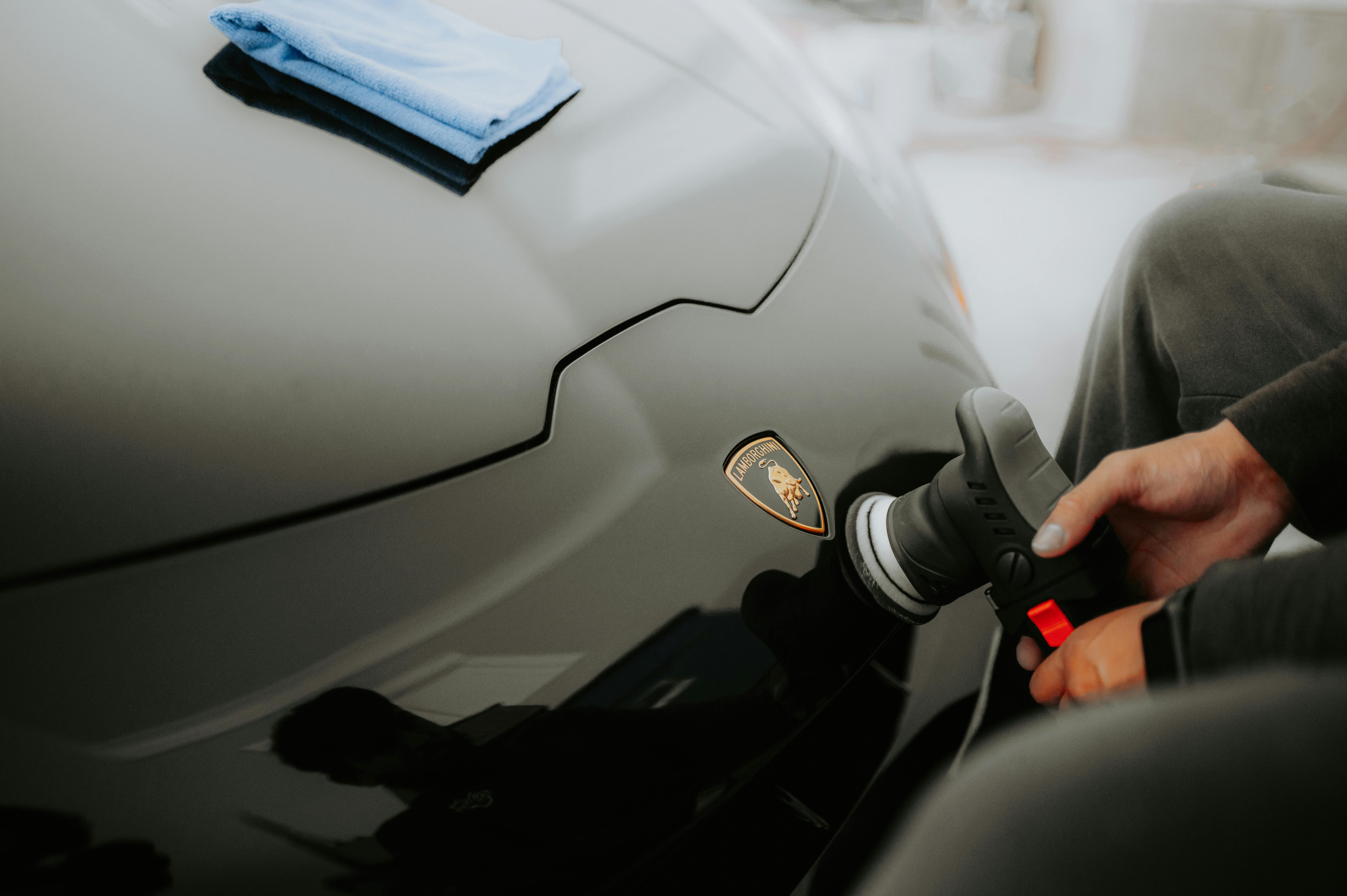· information · 4 min read
Getting Your First Spring Detail
Spring cleaning starts with the home and can extend to your vehicle. If you're interested in learning how to properly care for your vehicle, read below.

Overview
As spring blossoms and temperatures rise, it’s time to give your vehicle the attention it deserves after enduring the harsh winter elements. Auto detailing isn’t just about aesthetics; it’s about preserving the longevity and resale value of your vehicle. Whether it’s removing road salt residue, combating pollen buildup, or restoring that showroom shine, spring detailing is essential.
In this guide, we’ll walk you through the steps to rejuvenate your ride for the warmer months ahead. This will also set you up for success by making future details a lot easier and take a lot less time!
Wash
Start by giving your vehicle a thorough exterior wash to remove any accumulated dirt, grime, and salt residue from winter driving. Use a high-quality car wash soap and a soft microfiber mitt to prevent scratching the paint. Pay special attention to the undercarriage and wheel wells where salt buildup can cause corrosion. Rinse thoroughly to ensure all soap residue is removed.
Decontamination
After washing, there are different embedded contaminants to consider when decontaminating your vehicle. These contaminants not only detract from the appearance of your vehicle but can also cause damage to the paint if left untreated.
Bug remains are a common theme for many of us so using the appropriate detailing solution and technique are critical. Using a clay bar to remove embedded contaminants such as tree sap, tar, overspray, and industrial fallout from the paint surface will leave your paint feeling smooth to the touch and ready for paint correction and protection.
Listed below are brief descriptions of the types of contaminants you’ll run into.
Bug Remains
We all experience this, especially on long roadtrips. Bug splatter contains acides and proteins that can etch into the paint if left unattended. Thankfully, there are ways to mitigate and remove these contaminants safely.
Tree Sap
Tree sap can be particularly stubborn to remove, as it hardens and adheres to the paint surface over time. However, with the right approach, you can effectively eliminate tree sap without damaging the paint.
Industrial Fallout
Industrial fallout refers to airborne pollutants such as iron particles, brake dust, and rail dust that can land on your vehicle’s paint and cause oxidation and rust spots. Removing industrial fallout requires a specialized approach.
Overspray
Overspray refers to paint or other substances that have inadvertently landed on your vehicle’s surface, often as a result of nearby painting or construction work. Removing overspray requires patience and careful attention to avoid damaging the paint.
Interior
Don’t neglect the interior of your vehicle during spring detailing. Vacuum the carpets, floor mats, and upholstery to remove dirt, debris, and pet hair. Use a mild interior cleaner to wipe down surfaces such as the dashboard, door panels, and center console. Don’t forget to clean and condition leather seats to prevent cracking and fading.
Paint Correction (optional)
If your vehicle’s paint has swirl marks, scratches, or oxidation, spring is the perfect time for paint correction. Depending on the severity of the imperfections, you may choose to use a dual-action polisher or seek professional assistance. Correcting the paint not only enhances the appearance but also provides a much smoother surface for your paint protection to best adhere and bond with your paint.
Protection
After cleaning and correcting both the exterior and interior, it’s crucial to apply protection to maintain the results. Apply a high-quality carnauba wax, paint sealant, or ceramic coating to the exterior paintwork to provide a barrier against UV rays, water spots, and environmental contaminants. For the interior, consider using a fabric or leather protectant to repel spills and stains. These methods will improve future car washes and details by minimizing any future messes/spills and the time to clean them up.
Book Your First Spring Detail!
Spring auto detailing is more than just a cosmetic treatment; it’s a vital part of maintaining your vehicle’s appearance and value. By following these essential steps, you can revitalize your ride and ensure it looks its best for the warmer months ahead. Whether you tackle the detailing yourself or enlist the help of professionals, investing in regular maintenance will keep your vehicle looking showroom fresh for years to come. So, roll up your sleeves and give your car the TLC it deserves this spring!
We hope that this information was insightful for you. If you’re interested in booking your first spring detail, you can select the “Contact” links at the top or bottom of our website or email us at [email protected].


